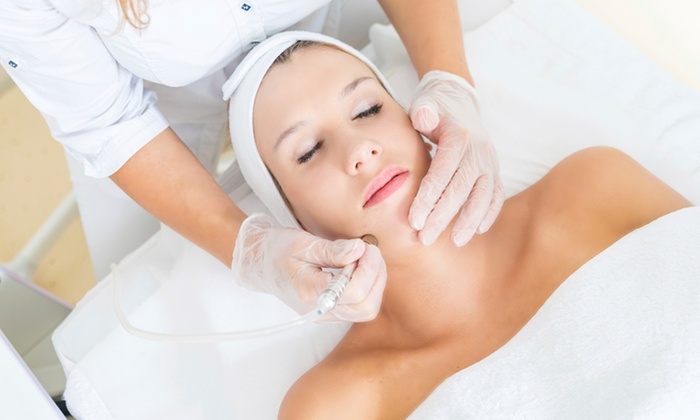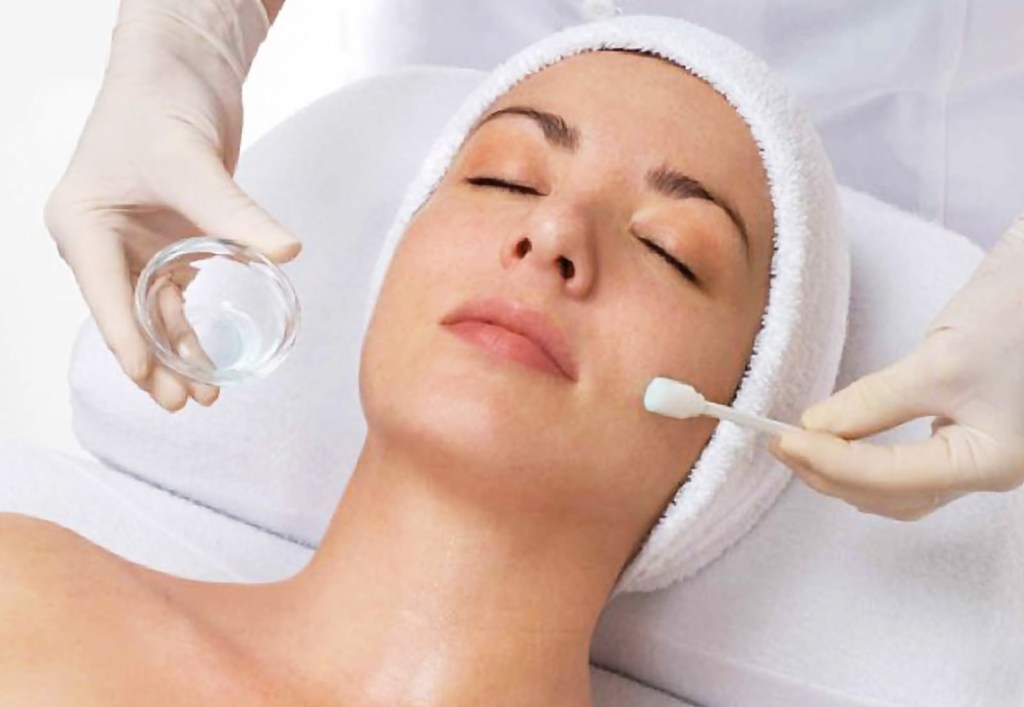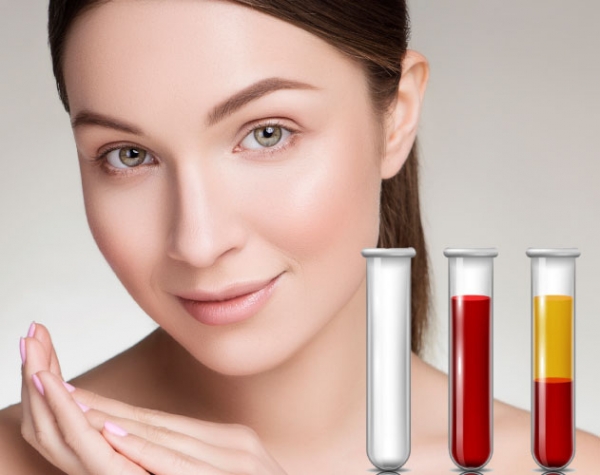If you want to know more about PRP treatment, here are some PRP Treatment Frequently Asked Questions answered below.
What is PRP?
PRP or platelet rich plasma is a kind of regenerative injection therapy which is used for treat many soft tissue injuries like tendons and ligaments.
How is the therapy performed?
This treatment involves obtaining blood from a vein in the arm and then placing into a special centrifuge. The platelets are then segregated from the remaining parts of the blood. The platelets are then mixed with a special substrate for improving the effects. Then this is injected into the injured area. Once the healing occurs, the pain lessens in a few weeks.
Is it similar to cortisone injection?
This is not similar to cortisone injection. They are a synthetic corticosteroid that are injected into the joints or the soft tissue areas for reducing the pain and inflammation. While these injections are available in limited amounts, they are helpful but they don’t change the root cause or disease process hence they have to be repeated. There are many risks of overdosing with cortisone and suppression of immune system. PRP entails making the use of the own blood of the patient that has natural growth factor that encourage regeneration of tissues and reduced inflammation. PRP is deemed a curative treatment whereas cortisone isn’t. PRP doesn’t have the same side effects as cortisone.

What musculoskeletal conditions can be cured by PRP?
Conditions like neck and back pain, rotator cuff injuries, shoulder pain, knee bursitis, tennis elbow, chronic ankle pain, golfers elbow, hip bursitis, and Achilles tendonitis.
How to be eligible for PRP?
You need to consult a professional before you go for any treatment. This may include a comprehensive review of your complaints, medical history and a thorough exam. Diagnostic studies are also reviewed at the time of consultation to ascertain the cause of your complaints. Then the doctor discusses treatment options with you if you are eligible for PRP. Usually, the non surgical treatments are tried first. PRP is just a single element in the entire treatment program.

Does PRP hurt?
The pain tolerances for every person may vary but the range of discomfort may range from mild to moderate with the help of PRP injections. You may need a needle for drawing blood from a vein in the arm and then use small needs for using actual injections.


